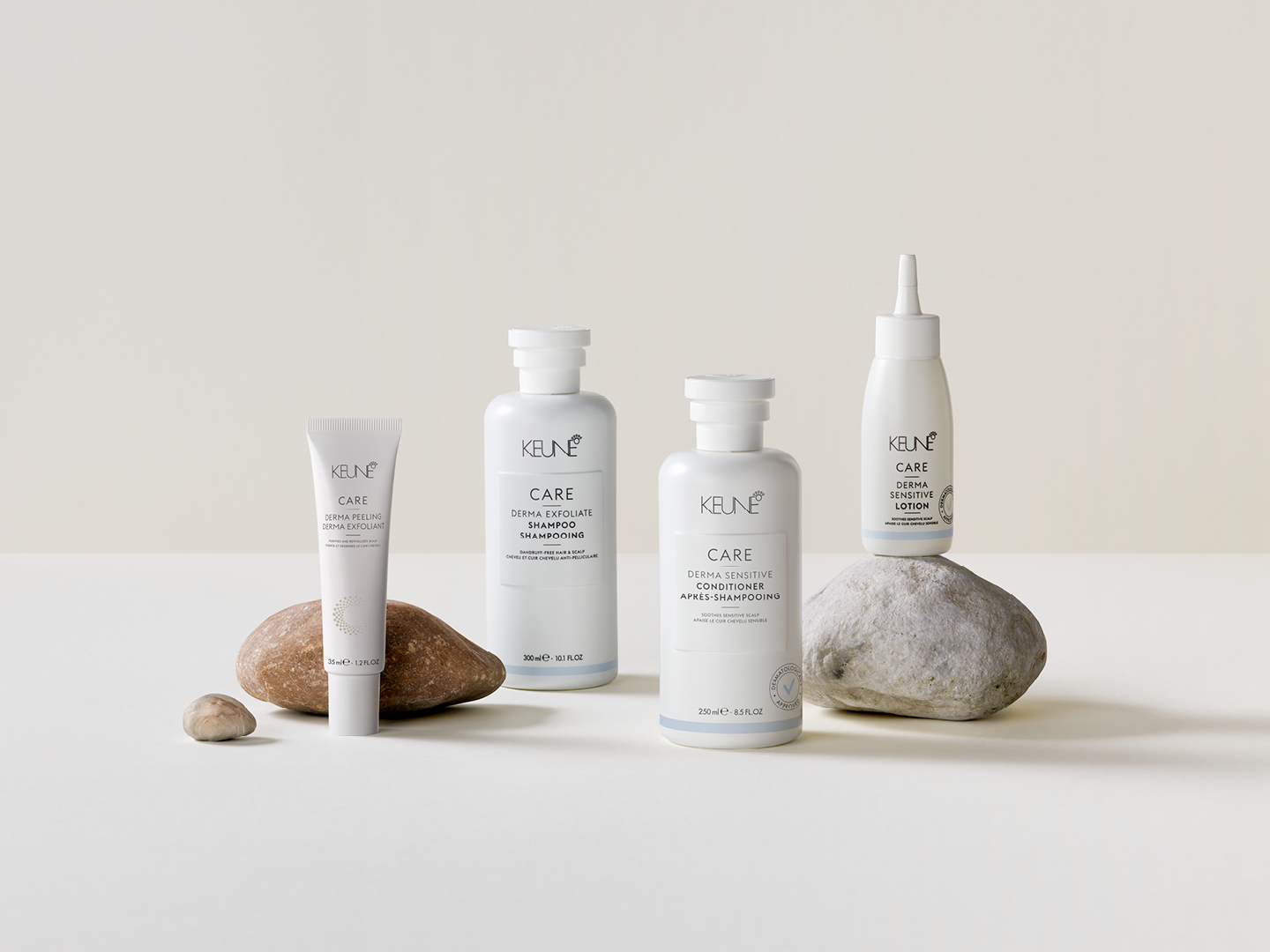
Dandruff on the scalp - symptoms, causes and solutions
Dandruff is a normal scalp problem, affecting about half of all adults. The degree of distress is particularly high because those affected cannot hide the problem. Therefore, it is important to understand the reasons for dandruff in order to then have the possibility to control the side effects.
DANDRUFF WHAT IS IT EXACTLY?
Dandruff is a very normal scalp problem. They appear in two types. Smooth dandruff shows up as smooth and yellowish pieces or deposits that form on the scalp and stick to the head and hair. Dry dandruff is dry, white deposits that form on the scalp and fall off the head and hair. Other signs include tingling, redness and a smooth or dry scalp.

HOW DANDRUFF FORMS:
Most often, the initial appearances of dandruff are harmless. However, underlying diseases can also be the cause. Common triggers for dandruff include, among others,

Dandruff on the scalp - symptoms, causes and solutions
Dandruff is a normal scalp problem, affecting about half of all adults. The degree of distress is particularly high because those affected cannot hide the problem. Therefore, it is important to understand the reasons for dandruff in order to then have the possibility to control the side effects.
DANDRUFF WHAT IS IT EXACTLY?
Dandruff is a very normal scalp problem. They appear in two types. Smooth dandruff shows up as smooth and yellowish pieces or deposits that form on the scalp and stick to the head and hair. Dry dandruff is dry, white deposits that form on the scalp and fall off the head and hair. Other signs include tingling, redness and a smooth or dry scalp.

HOW DANDRUFF FORMS:
Most often, the initial appearances of dandruff are harmless. However, underlying diseases can also be the cause. Common triggers for dandruff include, among others,
Contact allergies: Some people react to elements associated with hair care or beauty items with itching, scaling, scabs and crusting of the pores and skin.
COMMON MISCONCEPTIOS
A not uncommon misconception is that dandruff occurs when hair is not washed frequently enough.
- Dandruff can cause the hair to thin or fall out.
- When dandruff occurs, the hair and scalp are dirty.
- Dandruff can be treated with vinegar rinses, vegetable oils or children's shampoo.
There is no concrete evidence for any of these assumptions.


KEUNE SOLUTION
Use CARE EXFOLIATING SHAMPOO for oily dandruff or CARE DERMA SENSITIVE SHAMPOO for dry dandruff to fight dandruff without irritating the scalp.
A dermatologically proven increase in effectiveness is achieved by combining the shampoos with CARE DERMA SENSITIVE LOTION.
